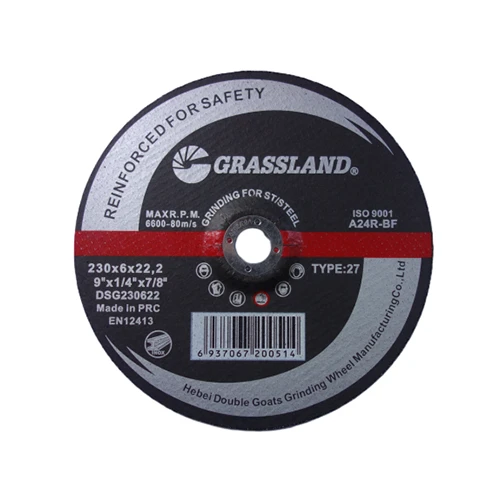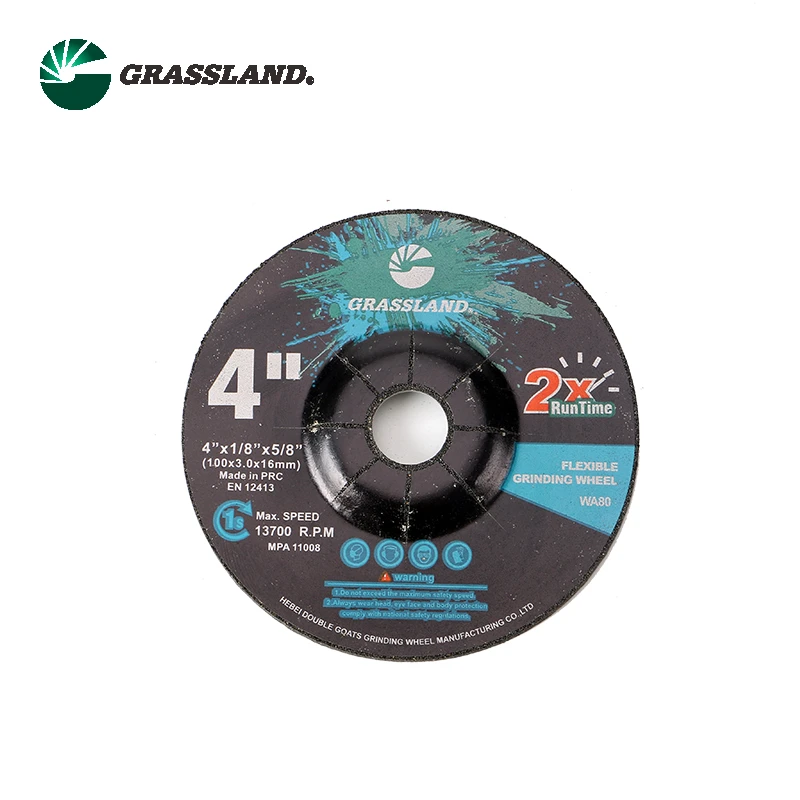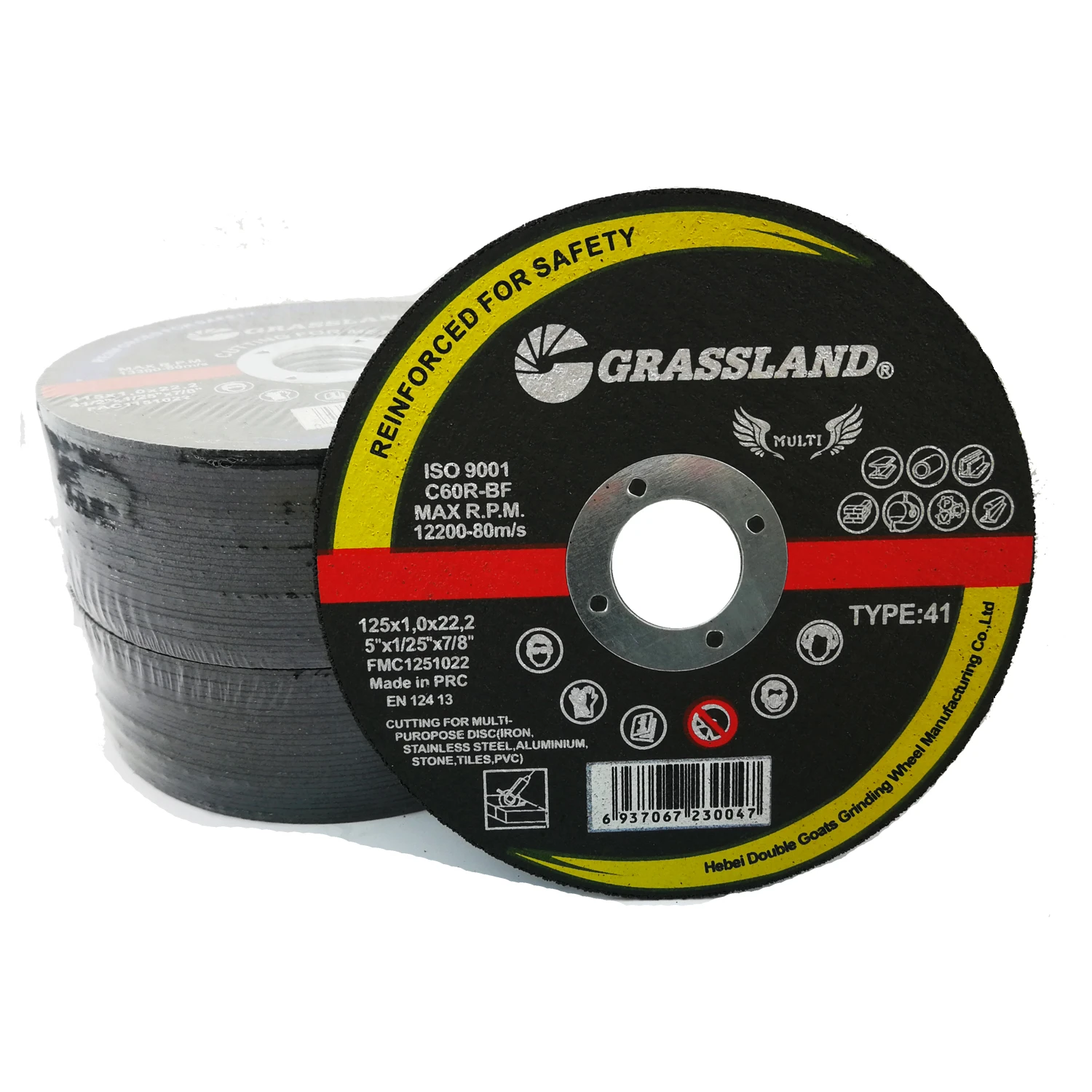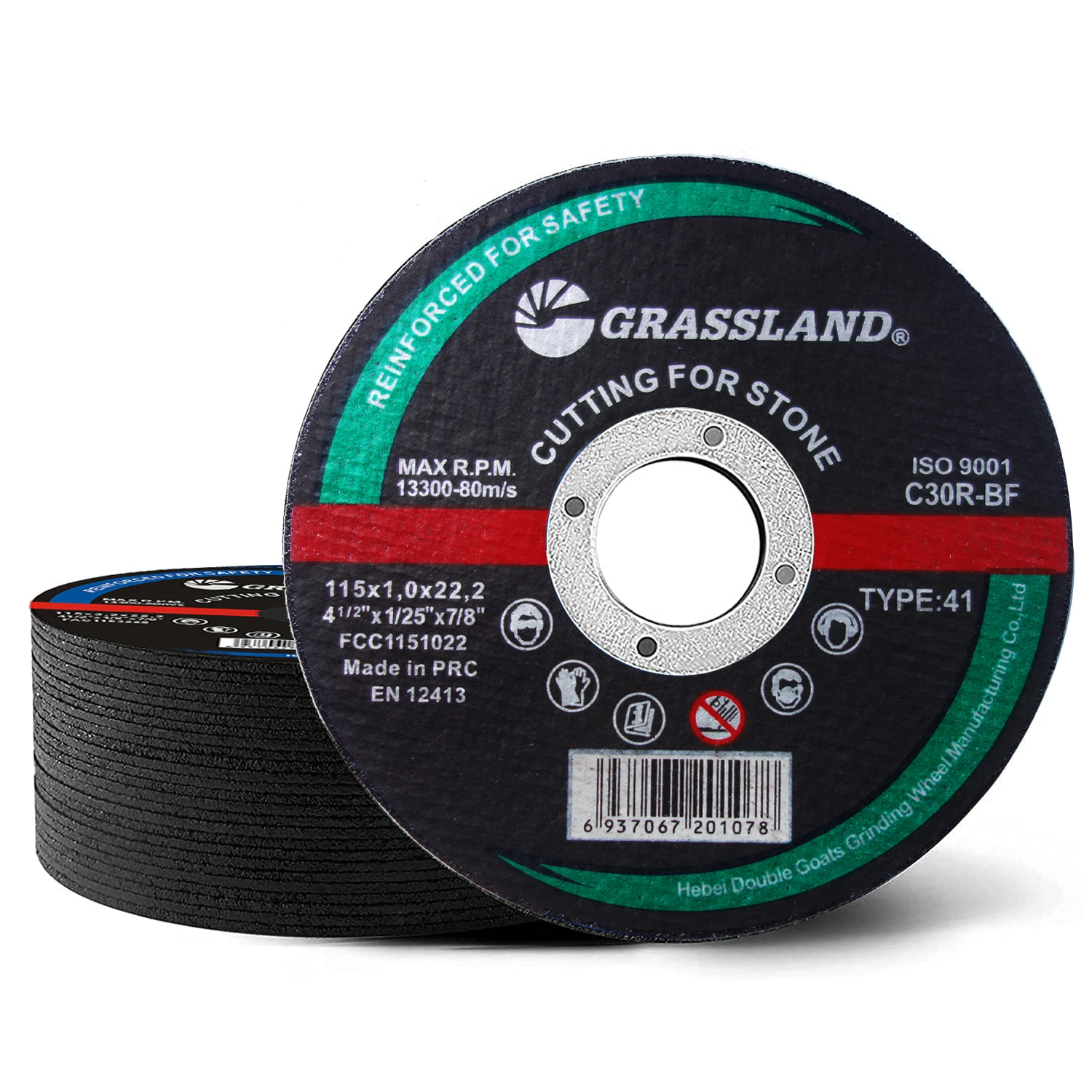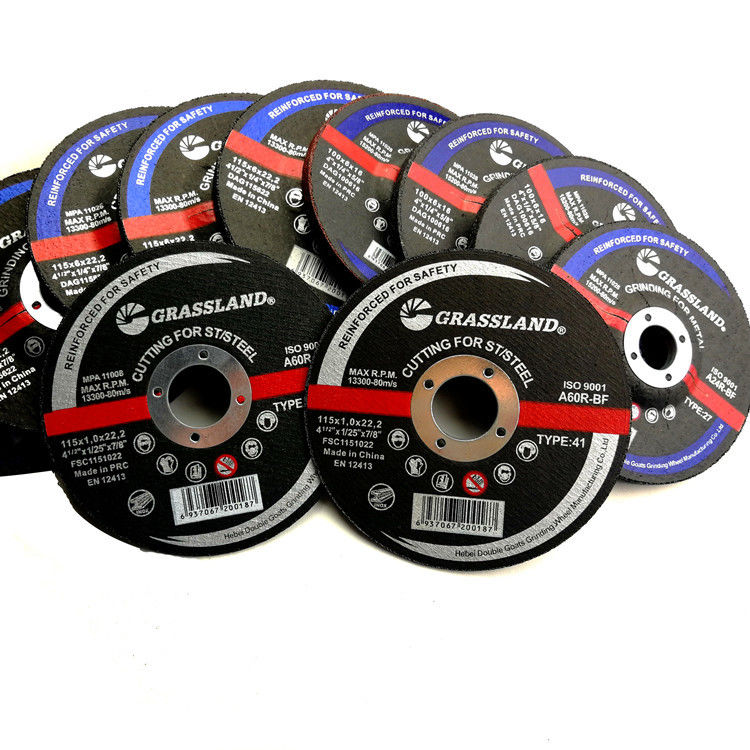Understanding Metal Cut Discs Essential Tools for Precision Cutting
In the world of metalworking, precision and efficiency are paramount. Among the essential tools that facilitate metal cutting processes, metal cut discs play a pivotal role. These discs, typically made from a combination of abrasive materials and bond substances, are designed to slice through various types of metals effectively. Whether in industrial settings or DIY projects, understanding metal cut discs is crucial for achieving high-quality results.
What Are Metal Cut Discs?
Metal cut discs, also known as metal cutting wheels or blades, are circular discs used with angle grinders or cut-off saws. They are engineered to cut through metal sheets, pipes, and other forms of metal materials. The composition of these discs often includes abrasive grains like aluminum oxide or zirconia, which provide the cutting capability. The bond material, commonly resin or metal, holds the abrasive particles together, offering durability and resilience during cutting operations.
Types of Metal Cut Discs
There are several types of metal cut discs available in the market, each designed for specific applications
1. Grinding Discs These are used for grinding metal surfaces, removing rust, and finishing projects. They are designed with a thin profile that allows for smooth and accurate grinding.
2. Cutting Discs Typically thinner than grinding discs, cutting discs are engineered explicitly for making cuts in metal. Their minimal thickness allows them to cut through materials with less resistance, providing cleaner edges.
3. Flap Discs Flap discs combine both cutting and grinding functions. They consist of multiple overlapping abrasive flaps that can grind down a surface while also allowing for precision cuts.
4. Diamond Blades For more challenging materials or thicker metals, diamond blades offer durability and strength. They can be used on various substrates and are designed to withstand higher temperatures and pressures.
Choosing the Right Metal Cut Disc
Selecting the appropriate metal cut disc is crucial for ensuring efficiency and safety. Here are several factors to consider
- Material Type Different metals require different types of discs. For instance, aluminum cutting often necessitates a specialized disc to prevent overheating and warping, while stainless steel may require discs designed to reduce contamination and discoloration.
metal cut disc

- Disc Thickness The thickness of a cut disc affects its cutting depth and speed. Thinner discs typically cut faster and create less waste but may offer less durability. Thicker discs cut slower but provide extended life and stability.
- Grit Size The grit size indicates the coarseness of the disc. A finer grit will provide a smoother finish but may cut more slowly. Conversely, a coarser grit will remove material faster but can leave a rougher surface.
- RPM Rating Every cutting disc comes with a specific revolutions per minute (RPM) rating. It’s essential to use a disc that matches the speed of your angle grinder or saw to avoid accidents and ensure optimal performance.
Safety Considerations
Working with metal cut discs can be hazardous without proper safety precautions. Here are some safety tips
1. Wear Protective Gear Always wear appropriate safety glasses, gloves, and a mask to protect against flying debris and dust.
2. Inspect Discs Before Use Check for any visible damage or wear before using a disc. A cracked or damaged disc can shatter during operation, posing serious injury risks.
3. Follow Manufacturer Guidelines Adhere to the guidelines provided by disc manufacturers regarding usage and operating speeds to ensure both safety and functionality.
4. Maintain a Clean Work Area Keeping your workspace free from clutter can reduce the risk of accidents and improve focus during the cutting process.
The Future of Metal Cutting Discs
As technology advances, the production and application of metal cut discs are likely to evolve. Innovations in materials and bonding techniques could lead to even more efficient and durable products, enhancing capabilities for precision cutting in various industries. The push for sustainable manufacturing practices may also drive the development of eco-friendly cutting solutions, further shaping the future landscape of metalworking.
In conclusion, metal cut discs are integral tools for anyone involved in metal fabrication or repair. Understanding the types, selection criteria, and safety practices associated with these discs can significantly enhance cutting performance and safety in any metalworking project. Whether you are a seasoned professional or a DIY enthusiast, investing time in understanding metal cut discs can yield impressive results and ensure that your projects are executed with precision and care.
Post time:Nov - 29 - 2024








